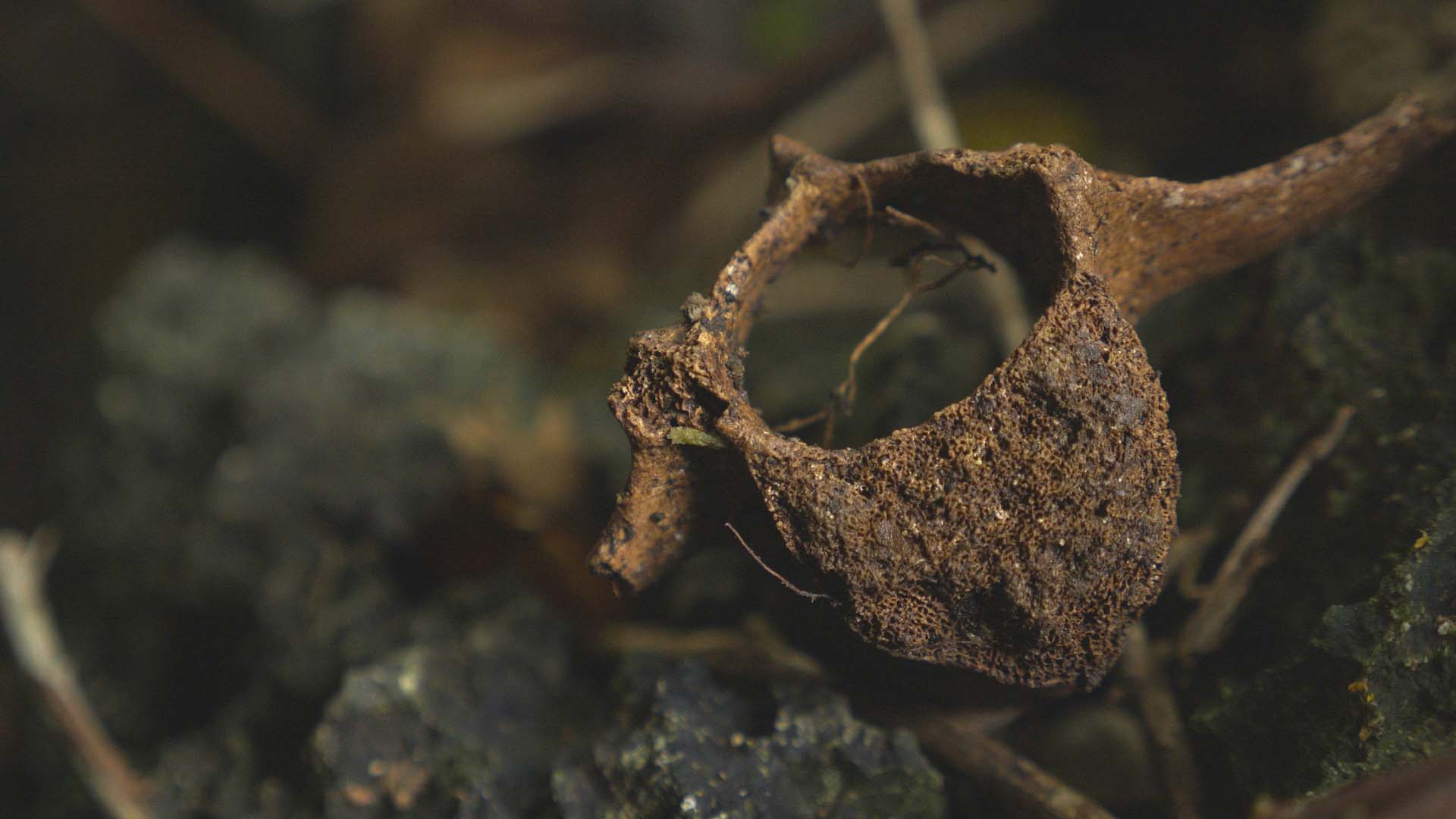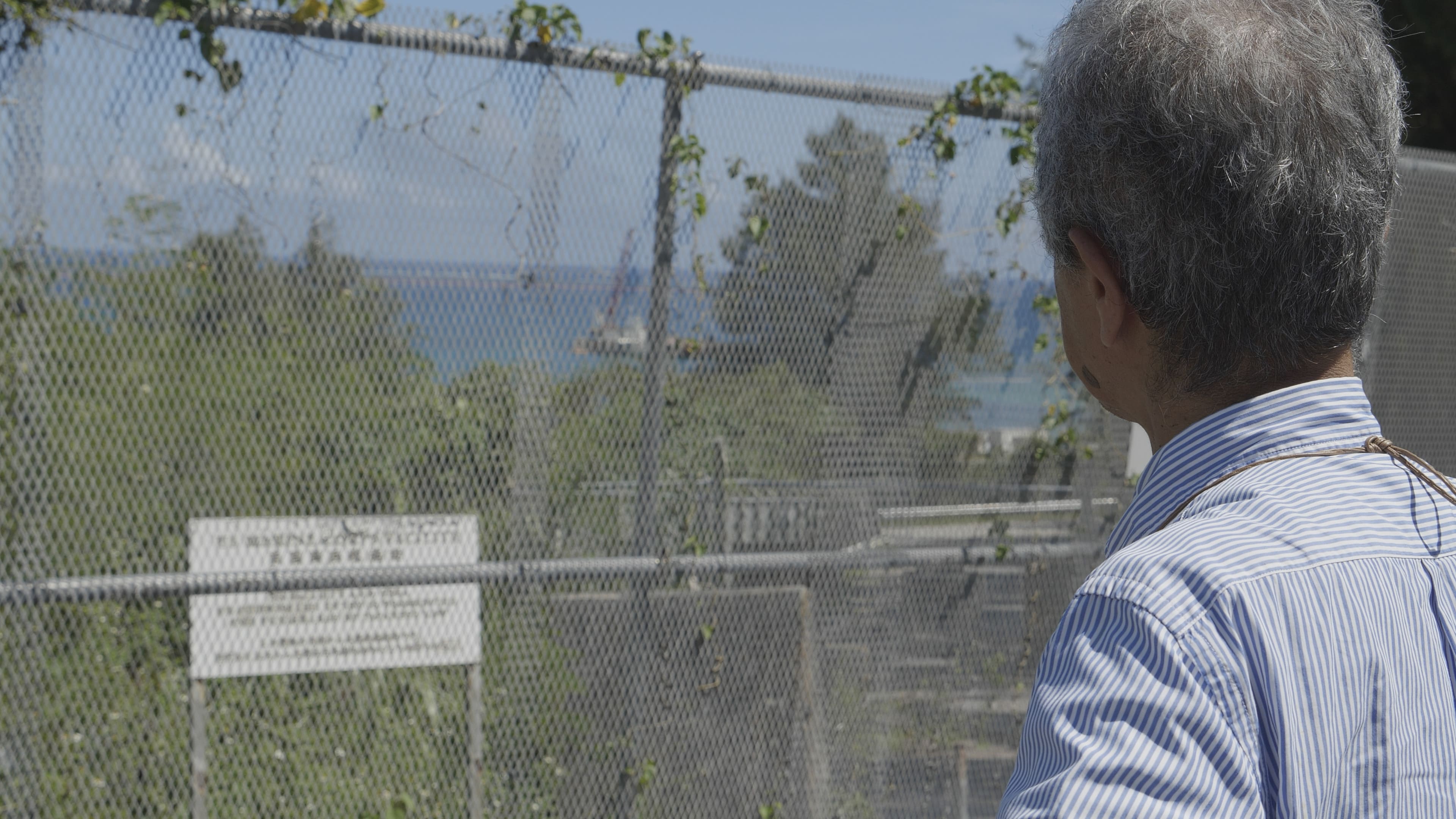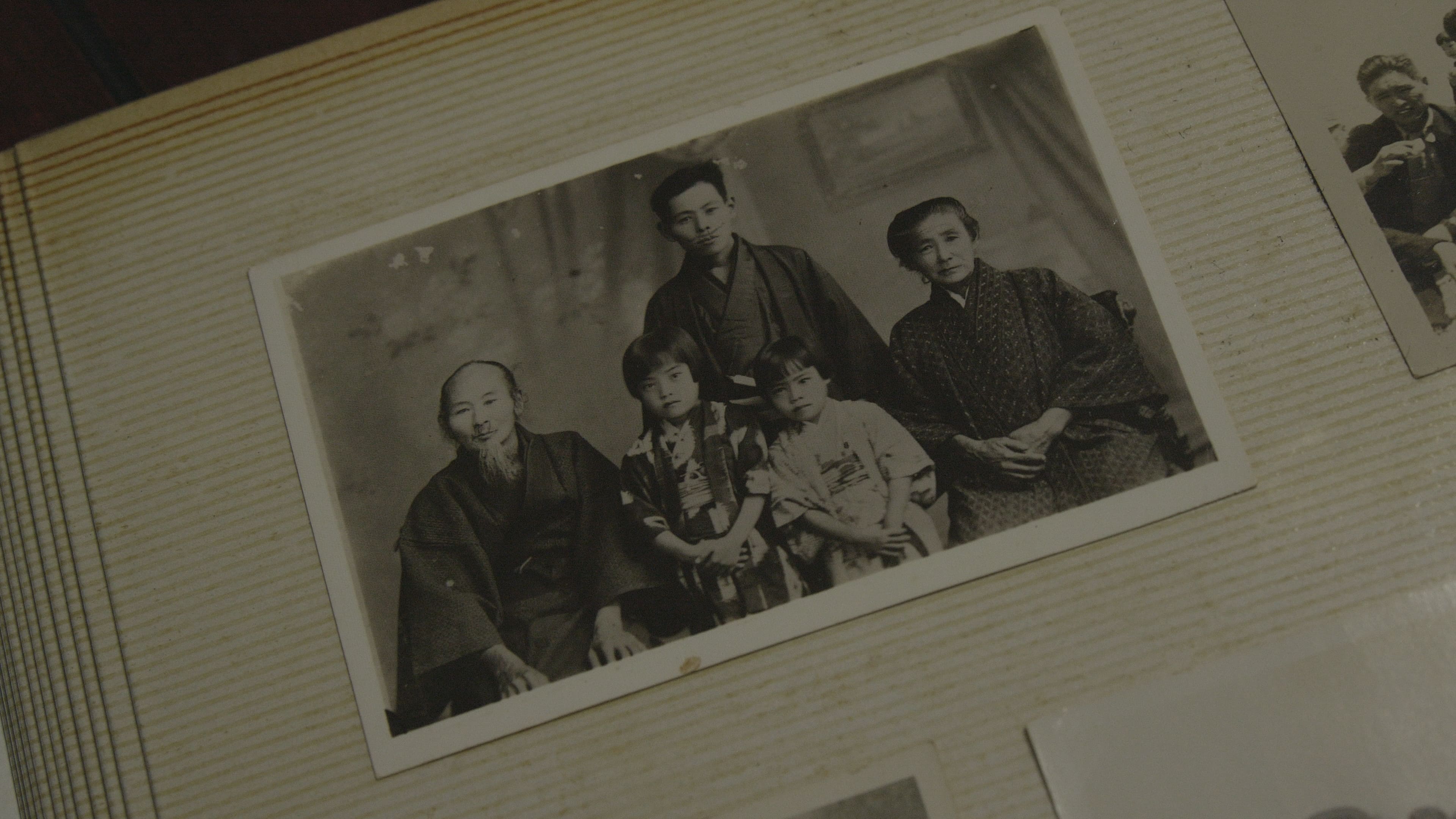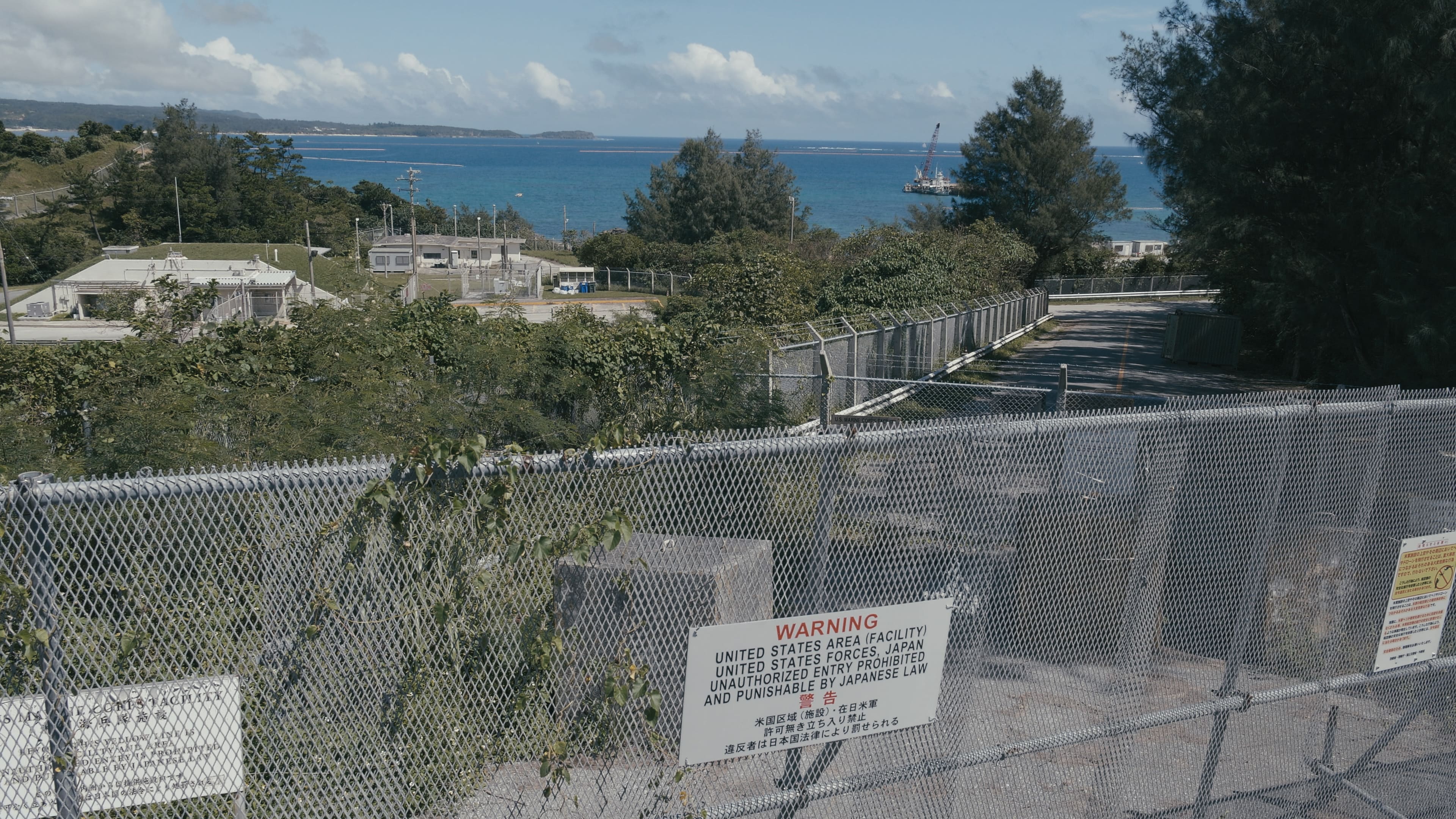DMZ Docs Industry Projects
Close to the Bone
OKUMA Katsuya
- Japan, Taiwan
- 90min
- DCP
- color
Synopsis
For over 40 years, Takamatsu Gushiken has been digging in the soil at the former fierce battlefield of the Battle of Okinawa to search for the remains of war victims. The director, Okuma Katsuya, unearths the memories of his great-aunt who was also a victim but who he never knew, is searching for traces of her existence with Gushiken. Yet, one day, the forest where Gushiken collects remains was cut down by the Japanese government to plan to use the earth and sand to reclaim the sea to build a new U.S. military base. To seek public attention, Gushiken decides to plan a hunger strike to express himself toward the government. At the meanwhile, searching for the Gushiken’s uncle who was a Japanese imperial soldier died in Papua New Guinea is also urgent due to the law of digging remains expire in 2024. Okuma continues to match the DNA of his great-aunt, hoping that someday she can have her own remain back to the family. The film depicts how a community that experienced a violent war acquires collective memory through the search for the remains and video archives of two people from different generations who didn’t experience the war. For both Gushiken and Okuma, searching is a way of mourning for the dead, will they be able to excavate the true meaning to the endless digging?
Review
I’m making this film to answer a question: Can we mourn the death of someone we’ve never met? Born on the island of Okinawa but belonging to the post-war generation, I found it hard to have feelings of grief toward my great-aunt who was one of the numerous victims. Having knowledge of the war is not comparable to actually experiencing it. In addition to my question, it’s happening all over the world that traditions are being forgotten as times change and memories fade. This reflects on a personal level – old custom has changed to bury the remains of the deceased in a family tomb. Besides, I want to show how the ruthless construction of the new U.S. military base on the island is burying the dead deeper than they already were. I want to use “bones” as a clue to reflect the history and identity of Okinawa and to remind the audience that what is now a pile of bones, were once human beings, and through them to speak on behalf of the collective memory of the current-day Okinawans.
Director
-
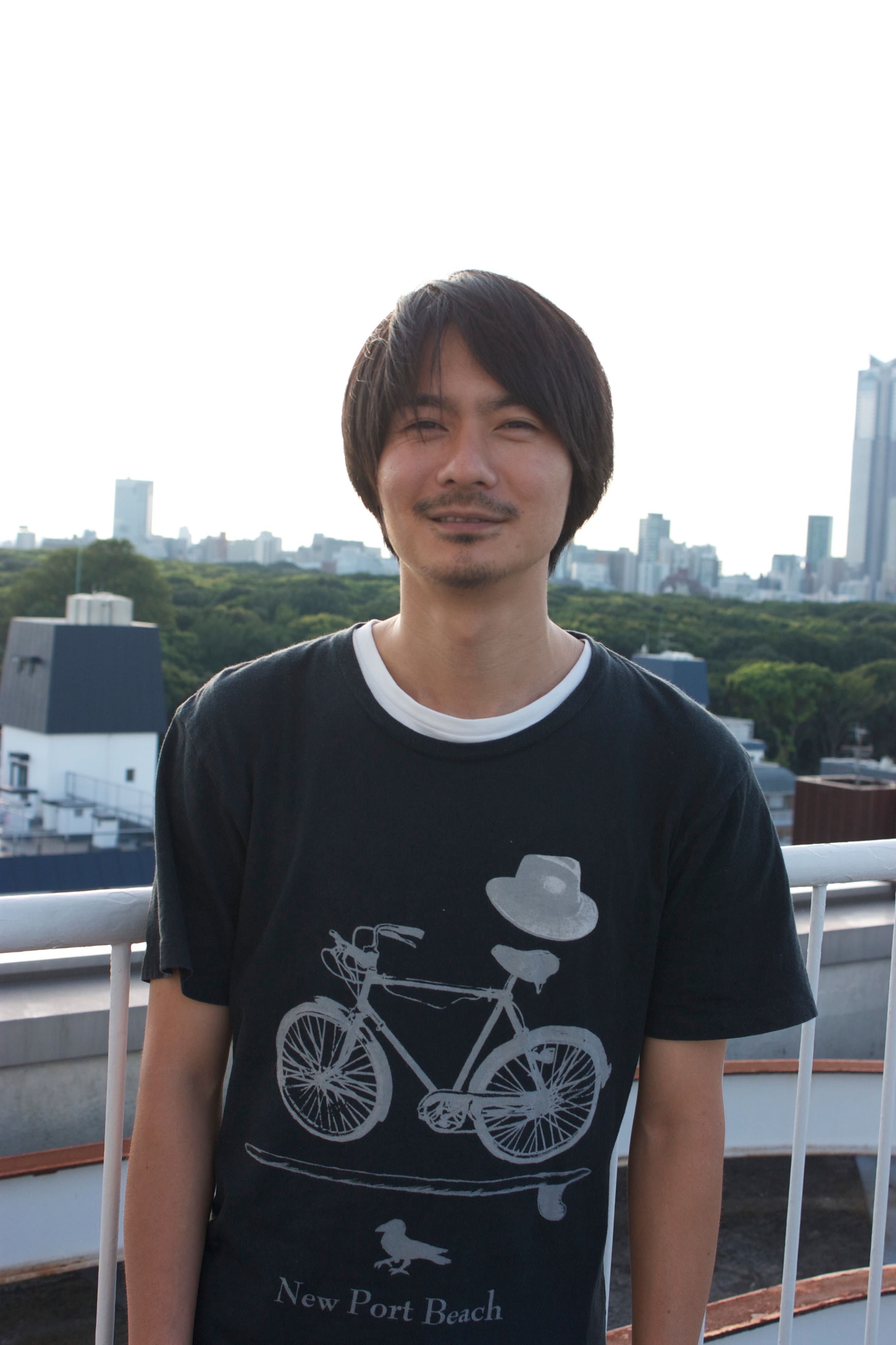
OKUMA Katsuya
Credit
- Producer황인유 HUANG Yin-yu

